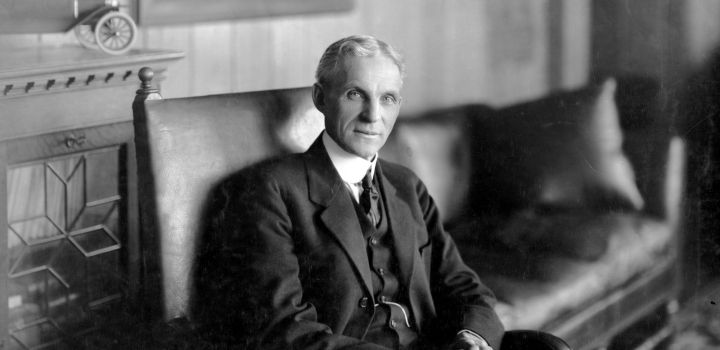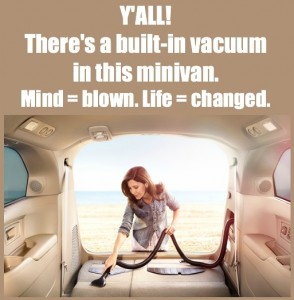Henry Ford is widely regarded as one of the greatest entrepreneurs in history. When you hear his name, you automatically think about how he innovated the use of assembly line techniques to revolutionize the automobile industry. Listen to what Harvard Business school professor Theodore Levitt wrote about Ford:
“We habitually celebrate him for the wrong reason, his production genius. His real genius was marketing. We think he was able to cut his selling price and therefore sell millions of $500 cars because his invention of the assembly line reduced the costs. Actually he invented the assembly line because he had concluded that at $500 he could sell millions of cars. Mass production was the result, not the cause, of his low prices...He was brilliant because he fashioned a production system designed to fit market needs.” (Author’s emphasis)
Ford understood an indispensable key to successful marketing: the needs and desires of your target market must dictate the products and/or services you provide. That should be obvious. Unfortunately, many businesses work hard to sell what they want to sell (their latest invention or a gadget they think is really cool) instead of what the market wants or needs to buy. Those businesses fail.
Now, let’s look at this point from another angle. What did Henry Ford himself say about his market? “If I’d asked my customers what they wanted, they’d have said a faster horse.” Doesn’t that negate what we’ve said thus far? Far from it.
Nobody wanted cars, it’s true. But they did want to travel more quickly. So Ford did manufacture and sell what people already wanted; it just came in a different package than they expected.
I think there’s an important lesson here. According to another Harvard professor, Paul R. Lawrence, all the decisions we make are based on 4 basic drives: to 1) acquire/achieve, 2) bond, 3) learn/comprehend and 4) defend. If you think about it, everything you purchase satisfies at least one of these motivations. For example, I may buy a Rolex watch to acquire the admiration of my peers. Or, maybe I’ll get the Timex to defend my bank account.
Of course, these drives are unique for everyone. That’s why you have to dig deep and really get to know your ideal clients. What drives are dominant in their decision-making process? What shape do those drives take? What stimulates those drives?
Creating your ideal customer profile is great, but make sure it’s rooted in reality, not your imagination.
Give ‘Em a Reason
Having a product people want usually isn’t enough to make you successful. We see companies with great products or services fail all the time.
Think about the multimillion dollar ad campaigns we see during major political elections. Candidates don’t settle for “getting their name out there.” They beat up the other guys and present specific “evidence” to demonstrate that they are the best choice. (Whether or not their statements were true is another conversation.)
Remember Paul Lawrence’s 4 Drives theory. Your sales and marketing messages should communicate the specific ways your offer will address these deep-seated drives in your audience. How does your product satisfy their desire to acquire something they badly want? How will they come to learn something they desperately need to know by working with you?
Just being the better choice won’t get a candidate elected; it certainly won’t convince people to buy from you. You have to give them a compelling reason why they should buy. Paint an accurate picture of life as they know it, then paint one showing what their experience will be like after they get their hands on your product. The more vivid the image, the more compelling it will be.
Back up your claims with proof: scientific or clinical evidence, testimonials, case studies, awards, etc. Make it real for them.
Once a prospect sees himself enjoying their new life, making the purchase is the next natural step. This usually takes work (research, writing, rewriting, testing). So does filing bankruptcy.
Oh, and One More Thing
People generally won’t buy from someone they don’t trust. It is of the utmost importance for entrepreneurs, marketers and sales people to gain the trust of their prospects and customers.
Allow me to refer you to an interview I did with a third Harvard man, best-selling author Charlie Green. During our 30-minute interview, Charlie talked about
- why trust is critical to you success in business
- specific ways you can build more trust in your relationships
- mistakes you might be making which can sabotage your efforts to gain the trust of your prospects
- common myths about trust
- how long it really takes to start building (or rebuilding) trust
- and more.
Check out the “30 Minutes to More Trust” interview here. I learned quite a bit and I think you will, too.

















